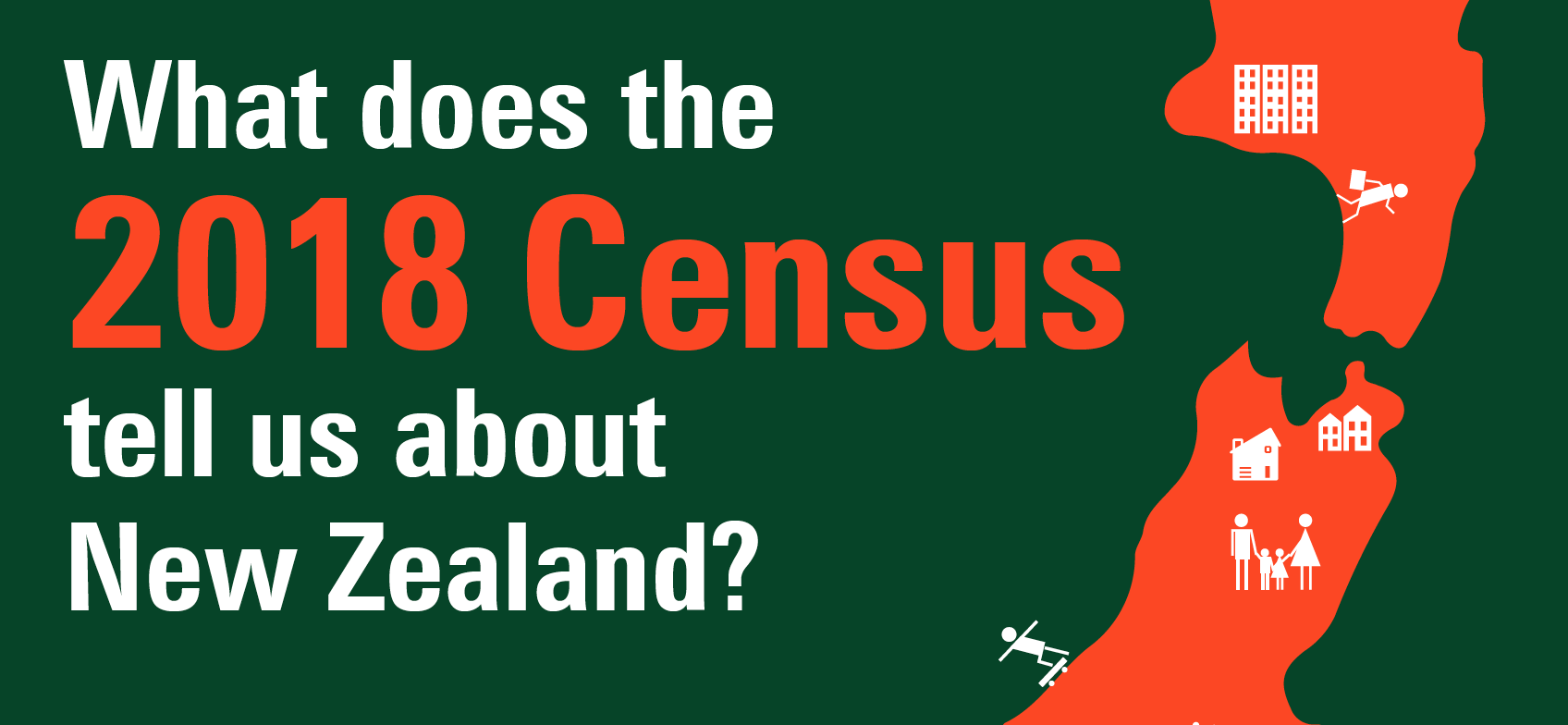We’re continuing to receive questions from our friends in local government about the New Zealand Census – what happened, when is it being released, and what do the changes mean for me? Penny Bloomberg gives you the latest as we await official advice from Stats NZ.
Worth the wait: navigating the 2018 New Zealand Census
If you only use Census data occasionally, we’ve written a simple guide to help you understand how changes in the 2018 New Zealand Census affect you.
Pre-register for your free copy here, and we’ll email it to you when it is released next week.
Still on tenterhooks?
It is well known that the release of 2018 New Zealand Census data has been delayed because of a patchy response rate.
Stats NZ has taken a wide-ranging approach to consider how best to build a more complete picture. An external panel of expert international statisticians has helped guide response and inform a separate review process (the report from this piece of work is due in July 2019).
A public announcement is still planned for later in April to confirm when the census data will be released.
What is Stats NZ doing to get the Census data sorted?
In areas where there was a low response rate, Stats NZ is using other data sources to ‘impute’ data to create a complete dataset that can be used reliably to make decisions about the area. Stats NZ uses two types of imputation – donor and administrative data.
Donor imputation matches the details of similar respondents to a response that has missing or unidentifiable data. Donor imputation uses a system is based on the Nearest-neighbour Imputation Methodology (NIM) and was first used to perform edit and imputation on Census data.
The other imputation methodology – administrative data imputation – uses information on the respondent gathered from other datasets (e.g. health or education datasets), generating a response based on the respondent’s own characteristics.
Strengths and weaknesses with imputation
These methods are not perfect, and there may still be issues with the Census data after it is output. It is possible that Stats NZ may decide that data are not of sufficient quality to release for certain areas, or for certain cross-tabulations, due to a lack of response to certain questions. This can create difficulties where, for instance, it may be possible to get a total population for an area, but not a full breakdown of all characteristics.
Donor imputations have risks in under-identifying disadvantaged groups, who may be less likely to have filled in the Census form completely – if donor records are from higher socio-economic households, this could mask disadvantage which is crucial for council planning. Census is essential for understanding populations that “fall through the cracks” in areas of need, and in many cases, these are the areas with the lower response rates.
Administrative data imputation might be a better option. However, privacy considerations mean that it’s often not possible to use administrative records to match individual records in the Census, and probabilistic matching needs to be used instead (matching like characteristics). This can actually run the risk of double counting some individuals, who may be in the Census with slightly different characteristics. Also, populations who are not registered in administrative databases would still be missed.
If you’re interested in learning more about the various approaches to imputation, this facts sheet gives more detailed information.
Learn more at Technical Census Seminars
In addition to the planned April public announcement on release dates, Stats NZ is running some technical Census seminars in May to explain how they have used administrative data to supplement census responses in preparation for delivering the 2018 Census dataset.
There is also a webinar planned at 10am on Monday 6 May, which will be available for download afterwards.
Book with Stats NZ before 17 April by emailing censusexternalrelations@stats.govt.nz.
If you’d prefer a summarised version, register here for your copy of our free eBook – Worth the wait: Navigating the 2018 New Zealand Census, and read the simple explanation from our experts about what’s changed, and what it means for understanding and planning for your community.









